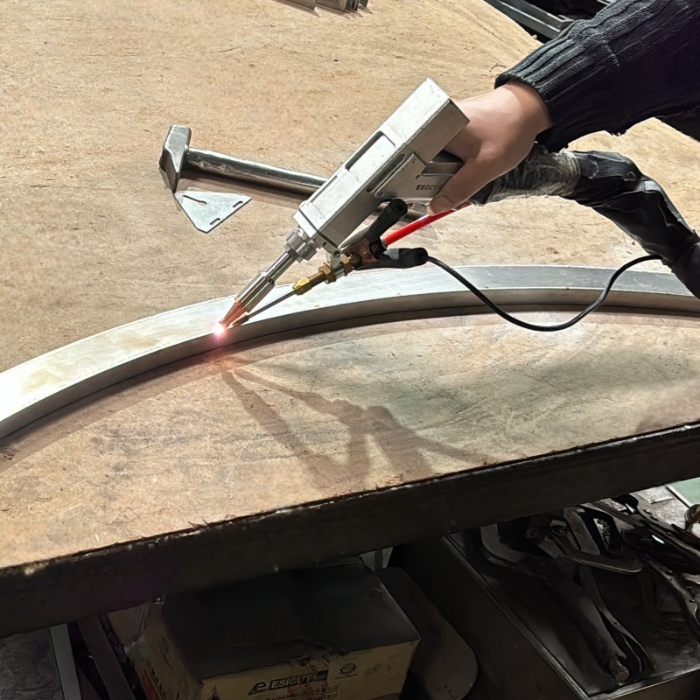Precision Laser Welding for Strong Joints
Sheet Metal Manufacturing Process: Laser Welding
Laser welding is a cutting-edge technology that uses a high-energy laser beam to join materials together with exceptional precision and strength. This method has become increasingly popular across various industries due to its ability to create strong, precise, and clean welds.
One of the primary advantages of laser welding is its ability to produce high-quality welds with minimal heat-affected zones. This is particularly important for materials that are sensitive to heat, as it reduces the risk of warping, distortion, and other thermal damage. The precision of the laser beam allows for intricate and delicate welding tasks that are difficult or impossible with traditional welding methods.
Laser welding can be used on a wide range of materials, including metals such as stainless steel, aluminum, titanium, and nickel alloys. In the electronics industry, laser welding is used to join small, delicate components with high precision. The process is ideal for welding microelectronic connections, sensors, and other intricate parts that require precise control. Laser welding’s ability to produce clean, strong welds without damaging surrounding components is particularly important as electronic devices become smaller and more complex.
Beyond its precision and versatility, laser welding offers several other benefits. The process is highly efficient, capable of producing strong welds quickly and consistently. This makes it an ideal choice for both small-scale productions and large-scale manufacturing operations. Additionally, laser welding is a non-contact process, which means there is minimal wear and tear on the welding equipment, reducing maintenance costs and downtime.

